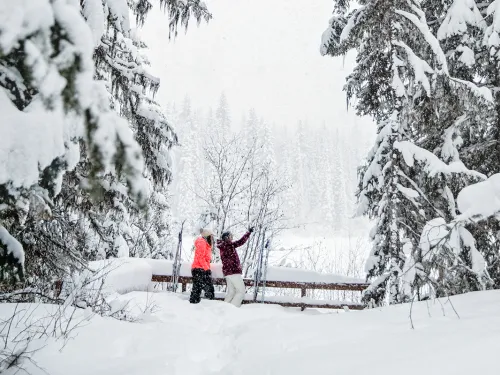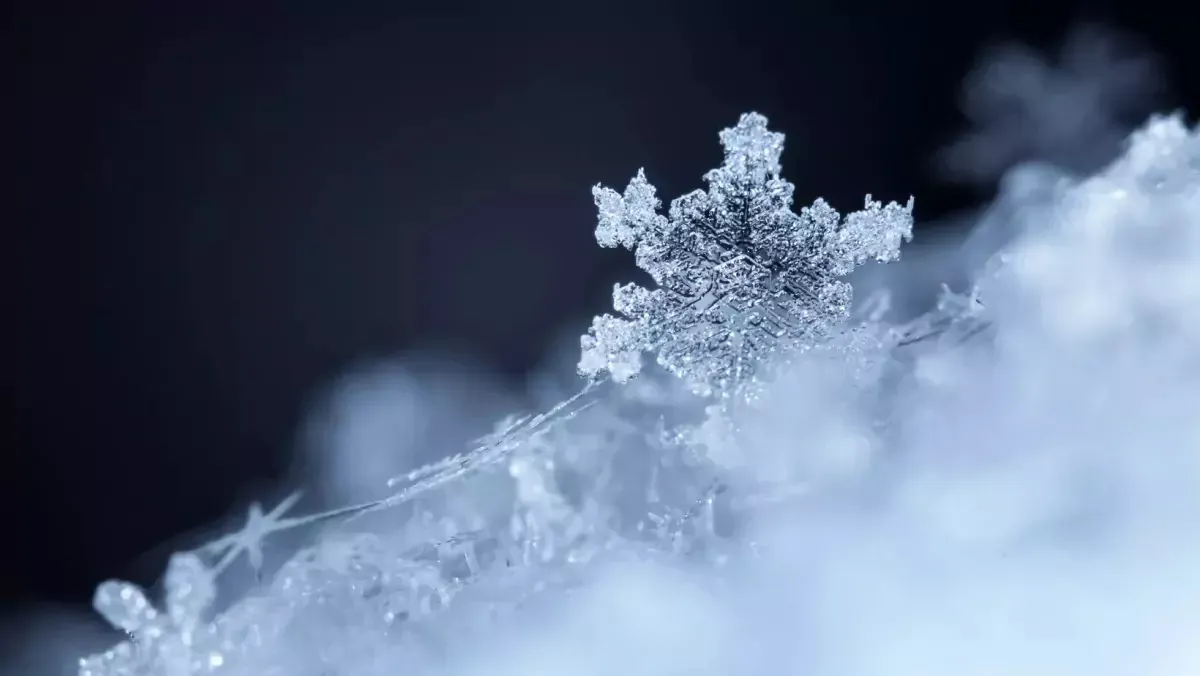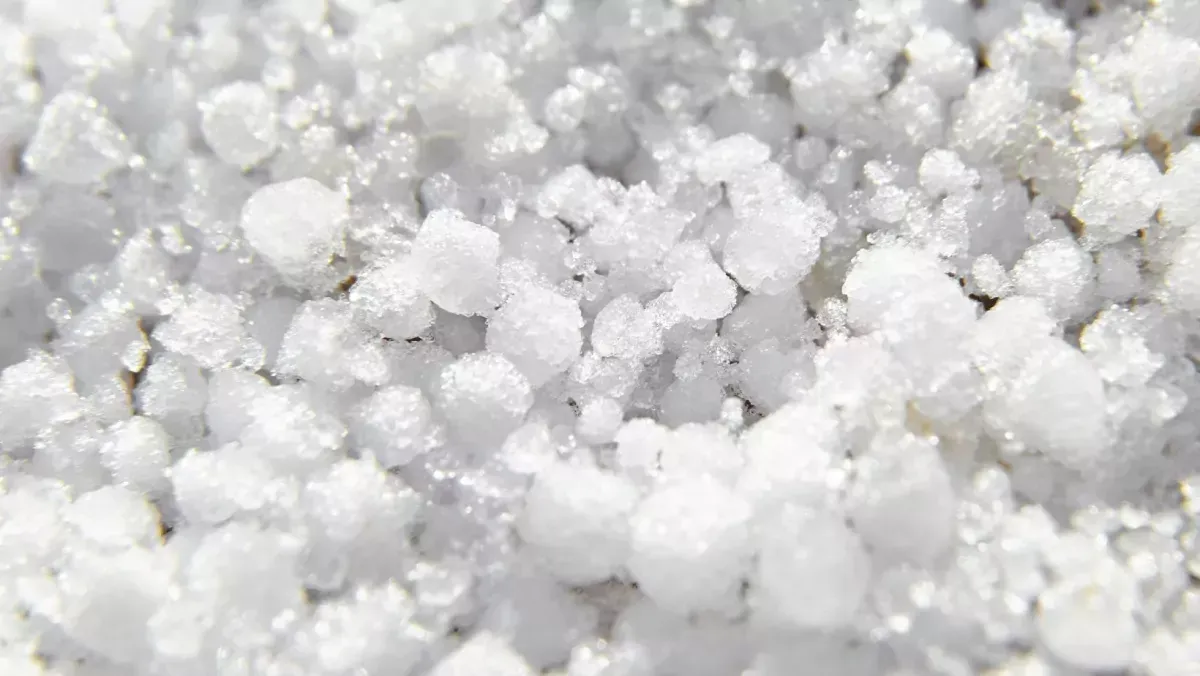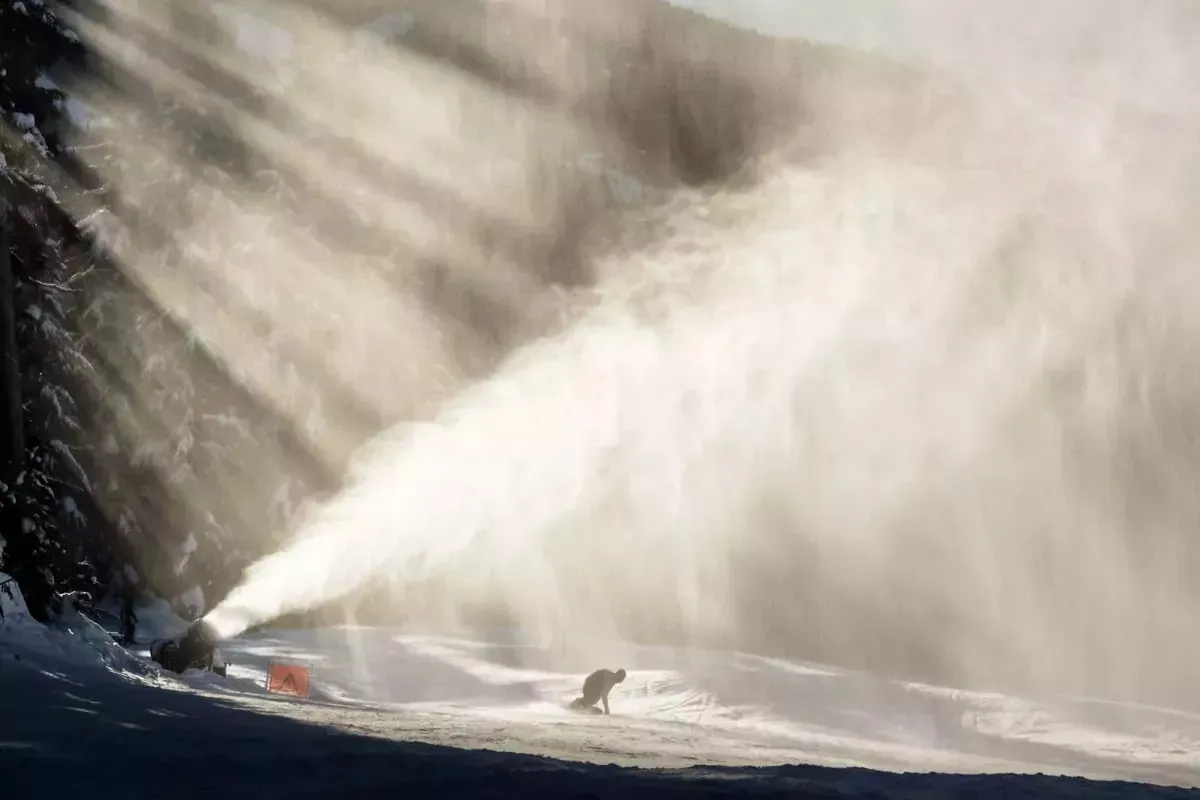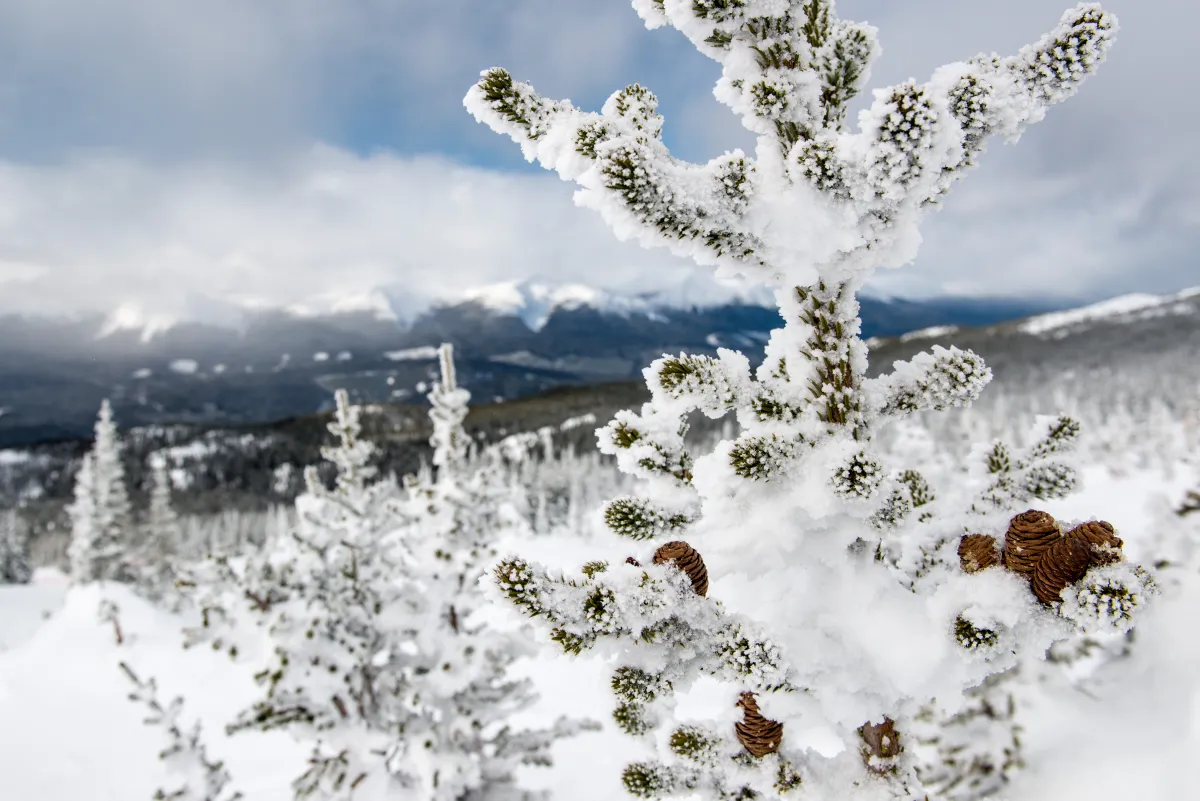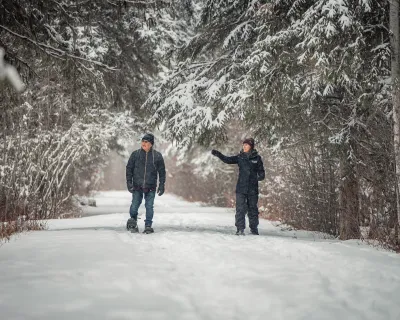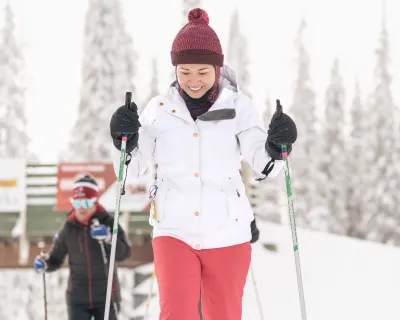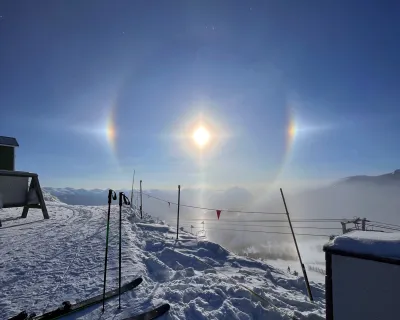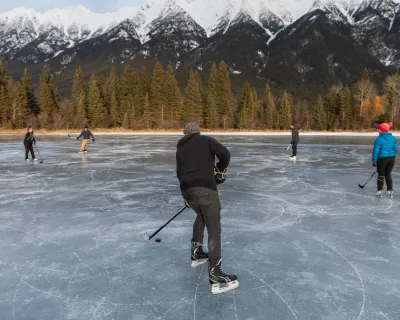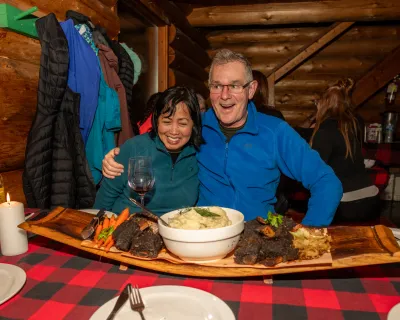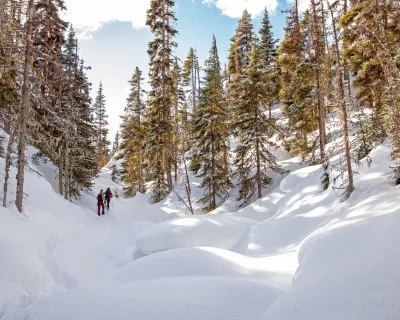Dendrite, graupel or hoarfrost: three types of snow you should know
originally published on SnowSeekers.ca
Have you ever wondered what type of snow lies beneath your boots as you walk through a pristine white field? Is it dendrite powder, graupel, or intricate polycrystalline flakes?
Snow is always a hot topic when winter rolls around, but how well do you know snow itself? Let’s take a moment to learn more about our frosty friend, snow, and bring some fresh perspective to your next winter adventure!
Dendrite snowflakes
These are the dainty, no-two-are-exactly-alike ice crystals that fall from a cloud. The most common snowflake shape is the six-armed, star-shaped dendrite.
Larger snowflakes form in warmer temperatures and have more water content, which are great for making snow forts, packing down trails and jumps, and snowball fights.
Small, fine snowflakes form when it's well below freezing. Get enough of these together, and it's the ultimate snowshoe or cross-country skiing day!
Hoarfrost
This is the stuff of photographers' dreams and a sure sign to throw on the warm long johns. Imagine trees along Edmonton's river valley when the temperature drops. The vapour moisture being released by the trees (or anywhere where dew-drops would form in the summer) skips the liquid stage and goes straight to forming interlocking ice crystals. It's basically frozen steam.
Graupel
It's not hailing, it's pelting! Graupel is formed when snowflakes turn into small pellets. As the flakes fall through the clouds, cold water droplets attach to make a small crumbly lump that falls to the ground. Hail tends to be harder and can be much bigger.
Get outdoors, get more connected, get more Zen.
Sign up for ZenSeekers enews for more transformative travel inspiration.
Polycrystalline Snow
It's not powder but we'll take it! When Ullr, the Norse god of snow, is being stingy, ski resorts bring out the big guns. Most snowmaking machines work by freezing tiny water droplets and catapulting tiny ice shavings on to the piste. These are polycrystals and boy are we glad to have them covering rocks and roots underneath those early season runs!
More snow know-how
How these various types of snow combine to create a snow pack is what influences the experience of snow under your feet. In snow science terminology, snow forecasters refer to "layers" in the snow.
The next time you're out in the snow, push a ski or snowshoe pole, or even just your hand, down into the snow. See if you can find differences in the amount of resistance your pole or your hand meets. Pick up some of the snow and see how wet or dry it is. Does it compact easily? Can you "wring" water from it? Or does it crumble apart like sugar?
What you're experiencing is the way the snow has bonded in layers. Stronger, firmer, "wetter" layers of compacted snow provide more support (think a groomed, solid ski trail) while softer, dryer layers of dendrite powder snow above it create that "floating" feeling.
Sometimes you don't have to step very far off the packed trail to find deep, soft snow to play in—give it a try next time you're out exploring.
Like Our Facebook Page
